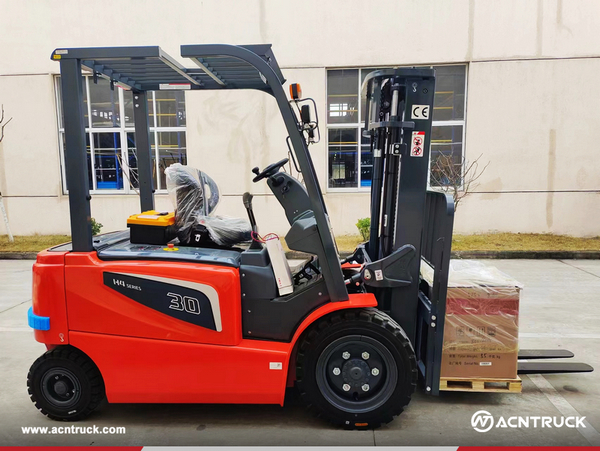Since many accidents are the result of inadequate training, it is recommended that only those who are trained and licensed to OSHA standards should be responsible for operating forklifts. Employers should evaluate employee performance at least every three years and supplement training with lectures, videos, software training and demonstrations.

2. Wear Proper Clothing
Forklift operators should be dressed with the appropriate safety equipment, including safety shoes, hard hats, and a high-visibility jacket. Make sure to tuck away loose clothing to prevent it from getting caught on the forklift.
4. Maintaining Equipment Capacity
Know the capacity of your forklift and any attachments used. Avoid handling weights that exceed the forklift's counterweight. Overloading a forklift can cause the rear wheels to leave the ground and the entire machine to tip over, resulting in injuries as well as damage to equipment and materials.
5. Do not carry extra people
Do not allow other workers to ride on the equipment with you unless a second seat is installed on the forklift. Never use a forklift truck to carry people, as it is designed to carry loads. If you need to lift people, use only safe work platforms and cages.